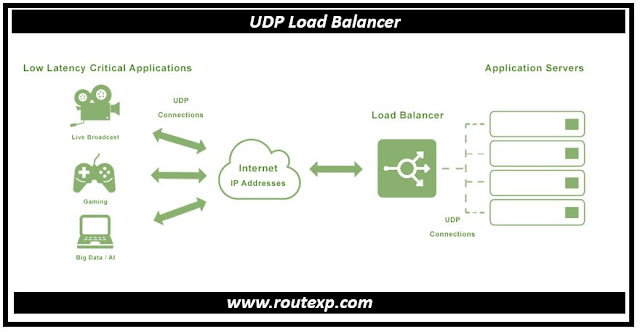Part 2: What is UDP Load Balancer ?
What is UDP Load Balancer ?
When it comes to load balancing, UDP load balancers offer unique features and functionalities that make them a viable option in certain scenarios. Unlike TCP load balancers, which focus on reliable and ordered delivery of data, UDP load balancing prioritizes speed and efficiency.
Fast and Lightweight
UDP load balancers are known for their high-speed performance and minimal overhead. Since UDP does not establish a connection or perform error checking, it can handle a large number of concurrent connections with lower latency compared to TCP. This makes UDP load balancers ideal for applications that require real-time communication, such as video streaming, voice over IP (VoIP), and online gaming.
Support for Stateless Protocols
One of the key advantages of UDP load balancing is its compatibility with stateless protocols. Stateless protocols do not rely on the maintenance of session or connection state, making them more lightweight and scalable. UDP load balancers can efficiently distribute traffic across multiple backend servers without the need for session tracking.
Efficient for Broadcast or Multicast Traffic
UDP load balancers are particularly well-suited for handling broadcast or multicast traffic. Broadcasting involves sending data packets to multiple recipients simultaneously, while multicasting allows for the efficient distribution of data to a targeted group of recipients. By efficiently forwarding broadcast or multicast traffic to multiple backend servers, UDP load balancers enable seamless communication in scenarios such as live streaming and content delivery networks (CDNs).
UDP load balancers prioritize speed, lightweight performance, and efficient handling of stateless and broadcast/multicast traffic.












